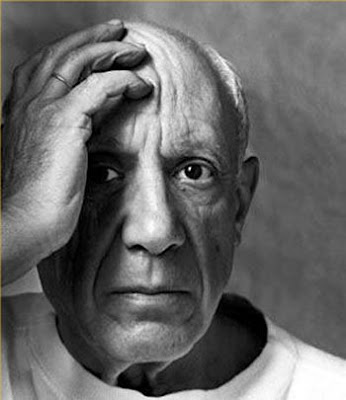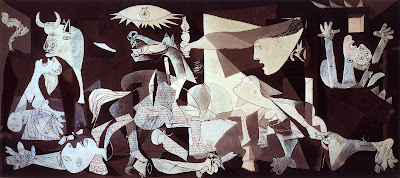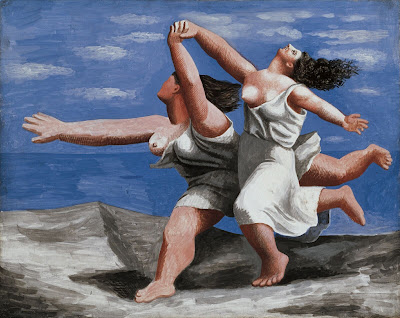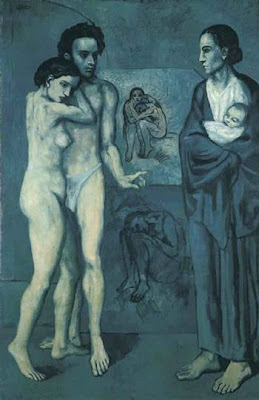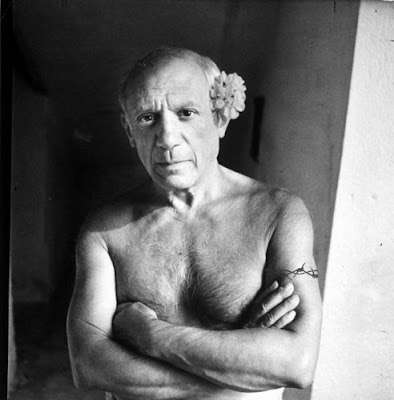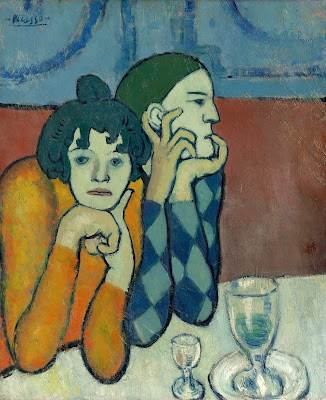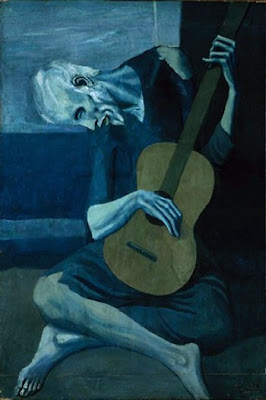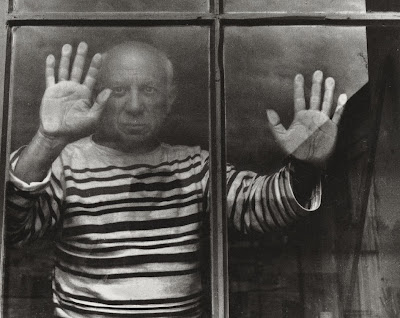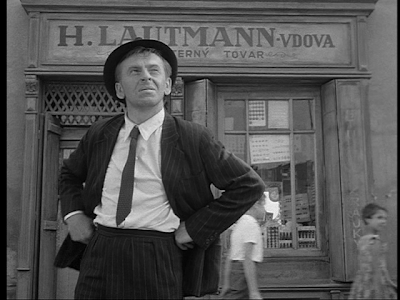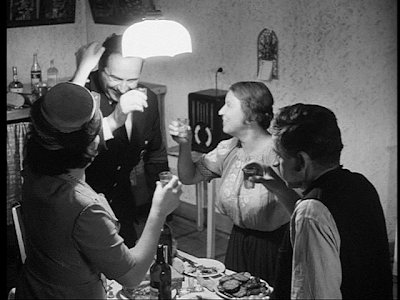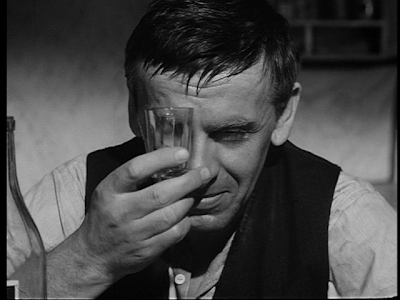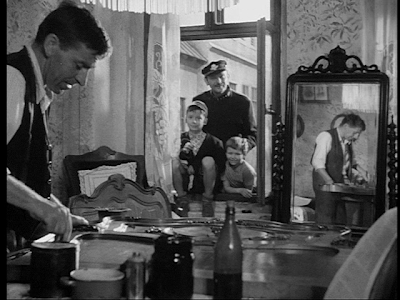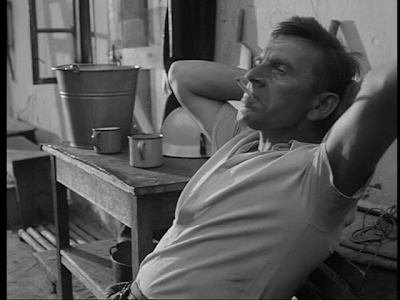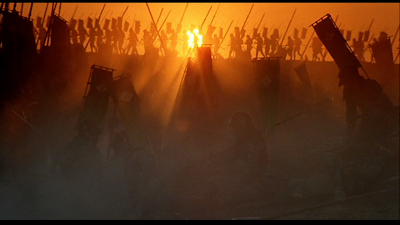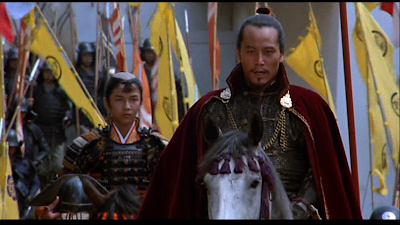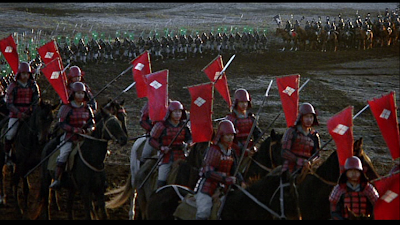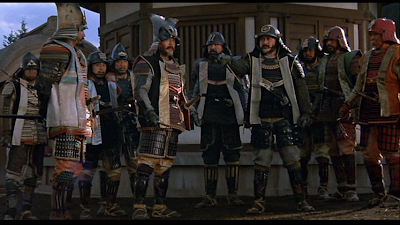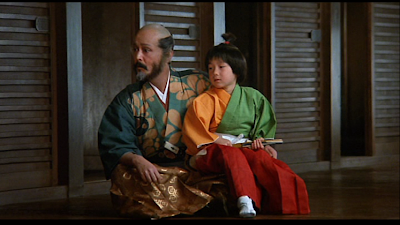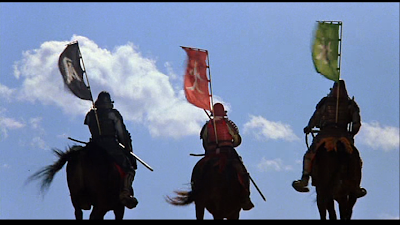 YELLA
YELLAA film by Christian Petzold
Year : 2007
Country : Germany
German with English subtitles
Run time 89 minutes
6th Feb 2011 ; 5.45pm
Perks Mini Theater
Perks School, off Trichy Road
http://konangalfilmsociety.blogspot.com/
Documentary of film maker Christian Petzold’s
interview will follow the main screening
 Yella is a reserved young woman with unrevealed depths of intelligence, larceny and passion. Their gradual revelation makes this more than an ordinary thriller, in great part because of the performance of Nina Hoss in the title role.
Yella is a reserved young woman with unrevealed depths of intelligence, larceny and passion. Their gradual revelation makes this more than an ordinary thriller, in great part because of the performance of Nina Hoss in the title role. German writer-director Christian Petzold returns to top form in "Yella," another precision-helmed, tightly wound, metaphysical thriller that confirms him as one of Germany's finest middle-generation directors.
German writer-director Christian Petzold returns to top form in "Yella," another precision-helmed, tightly wound, metaphysical thriller that confirms him as one of Germany's finest middle-generation directors.  Topped by a mesmerizing performance by Petzold favorite Nina Hoss ("Wolfsburg," "Something to Remind Me") as a young businesswoman unwrapping her inner demons and ambitions.Topped by a mesmerizing performance by Petzold favorite Nina Hoss ("Wolfsburg," "Something to Remind Me") as a young businesswoman unwrapping her inner demons and ambitions.
Topped by a mesmerizing performance by Petzold favorite Nina Hoss ("Wolfsburg," "Something to Remind Me") as a young businesswoman unwrapping her inner demons and ambitions.Topped by a mesmerizing performance by Petzold favorite Nina Hoss ("Wolfsburg," "Something to Remind Me") as a young businesswoman unwrapping her inner demons and ambitions. On screen virtually the whole time, Yella Fichte (Hoss) is first seen arriving by train in her home town of Wittenberge, northwest of Berlin and on the banks of the River Elbe. In the street she's accosted by -- and gives short shrift to -- a guy who turns out to be her ex-husband, Ben (Hinnerk Schoenemann).
On screen virtually the whole time, Yella Fichte (Hoss) is first seen arriving by train in her home town of Wittenberge, northwest of Berlin and on the banks of the River Elbe. In the street she's accosted by -- and gives short shrift to -- a guy who turns out to be her ex-husband, Ben (Hinnerk Schoenemann). Petzold's best pictures have always had an unsettling emotional undercurrent beneath their clean, clinical direction. "Yella," with its painterly interludes in which the rural summertime scenery takes on a threatening edge, is strongly in this line. Main character remains something of an enigma, but Hoss, dressed throughout in a eye-catching red blouse that cuts like an open wound through the black-and-grey business world in which she operates, brings a laser-like focus to the role that holds the attention.
Petzold's best pictures have always had an unsettling emotional undercurrent beneath their clean, clinical direction. "Yella," with its painterly interludes in which the rural summertime scenery takes on a threatening edge, is strongly in this line. Main character remains something of an enigma, but Hoss, dressed throughout in a eye-catching red blouse that cuts like an open wound through the black-and-grey business world in which she operates, brings a laser-like focus to the role that holds the attention. Geography is important in the movie - Yella's journey is essentially from the former East to the former West, from a pretty but still depressed region to a city schooled in capitalist economics, with the River Elbe as a kind of border between the two. Thus, this is also a portrait of an easterner finding her vocation but losing her soul.
Geography is important in the movie - Yella's journey is essentially from the former East to the former West, from a pretty but still depressed region to a city schooled in capitalist economics, with the River Elbe as a kind of border between the two. Thus, this is also a portrait of an easterner finding her vocation but losing her soul.Christian Petzold was born on 14.9.1960 in Hilden and lives in Berlin since 1981. He studied Germanic and theater studies, and also worked as a film critic. From 1988 – 1994 he studied at the German Film and Television Academy in Berlin and was incidentally served as assistant director Harun Farocki and Hartmut Bitomsky. In 1995 he directed his first feature film, The pilots.
His film The Internal Security (2000) was awarded the German Film Award in Gold. In 2005 took part in Christian Petzold’s Ghosts (2004) competition at the Berlinale. The film met with a very mixed response from the audience. The German Film Critics has named the bulky work, however, during the Berlinale, as the next best movie of 2005. For his TV movie Wolfsburg (awarded 2003) Petzold in March 2005 the Adolf Grimme Prize in Gold.(Source:Internet)
His film The Internal Security (2000) was awarded the German Film Award in Gold. In 2005 took part in Christian Petzold’s Ghosts (2004) competition at the Berlinale. The film met with a very mixed response from the audience. The German Film Critics has named the bulky work, however, during the Berlinale, as the next best movie of 2005. For his TV movie Wolfsburg (awarded 2003) Petzold in March 2005 the Adolf Grimme Prize in Gold.(Source:Internet)



